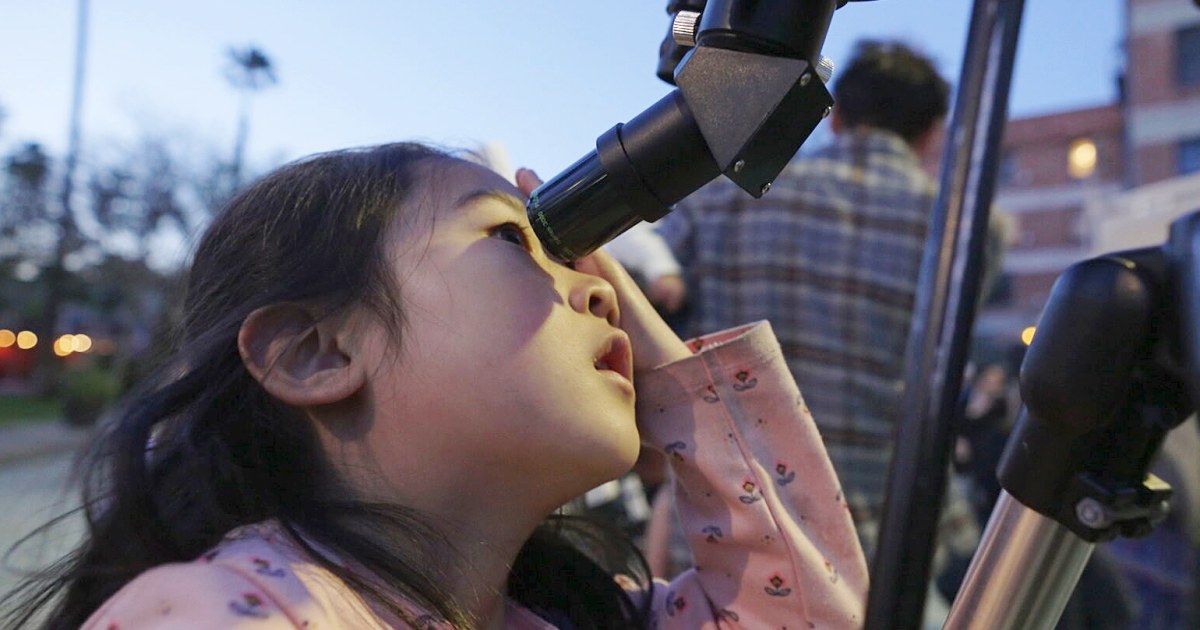
Rotating Spacecraft
Rotating spacecraft is a type of spacecraft design that utilizes rotation to create artificial gravity for the crew. The spacecraft rotates around its center of mass, creating a centrifugal force that simulates gravity. This design is used to mitigate the negative effects of microgravity on the human body during long-duration space missions. The rotation rate and radius of the spacecraft are carefully chosen to create a comfortable level of artificial gravity, while also minimizing the motion sickness that can occur due to the Coriolis effect. Rotating spacecraft can be designed as a single rigid body or as a modular structure with multiple rotating sections. The latter design allows for more flexibility in the spacecraft's configuration and can also provide additional safety benefits in case of a structural failure.
Your Previous Searches
Random Picks
- Productivity: Productivity in space and astronautical engineering refers to the efficiency and effectiveness of the processes and systems involved in designing, building, launching, and operating spacecraft and related technologies. It involves maximizin ... Read More >>
- Mission Safety: Mission Safety is the set of measures and procedures taken to ensure the safety of astronauts, spacecraft, and ground personnel during space missions. It involves identifying potential hazards, assessing risks, and implementing controls to ... Read More >>
- Stakeholder Management: Stakeholder management is the process of identifying, analyzing, planning, and implementing actions to engage with stakeholders throughout the life cycle of a project or program. Stakeholders are individuals or groups who have an interest o ... Read More >>
Top News

Easter's date remains divisive. Some church leaders want that to change...
Eastern and Western churches will celebrate Easter on the same day this year, while marking 1,700 years since the Council of Nicaea unified Christian doctrine...
News Source: ABC News on 2025-04-19

In a city of stars, Los Angeles astronomy club makes sure to keep looking up...
LOS ANGELES — While Los Angeles is home to the biggest stars in the world, a monthly get-together is proving that the city’s rich and famous have nothing on the universe....
News Source: NBC News on 2025-04-18

This week on "Sunday Morning" (April 20)...
A look at the features for this week's broadcast of the Emmy-winning program, hosted by Jane Pauley....
News Source: CBS News on 2025-04-17

Scientists detect strongest hints yet of life on a distant planet...
Scientists have detected unique chemical patterns similar to those produced by the Earth's algae and seaweed — raising the possibility of the presence of a warm ocean, perhaps teeming with life, on ...
News Source: NBC News on 2025-04-17

Is there life on another planet? Scientists find the strongest evidence yet...
Near a planet far, far away astronomers have found traces of chemicals that on Earth are only produced by living beings....
News Source: Al Jazeera English on 2025-04-17